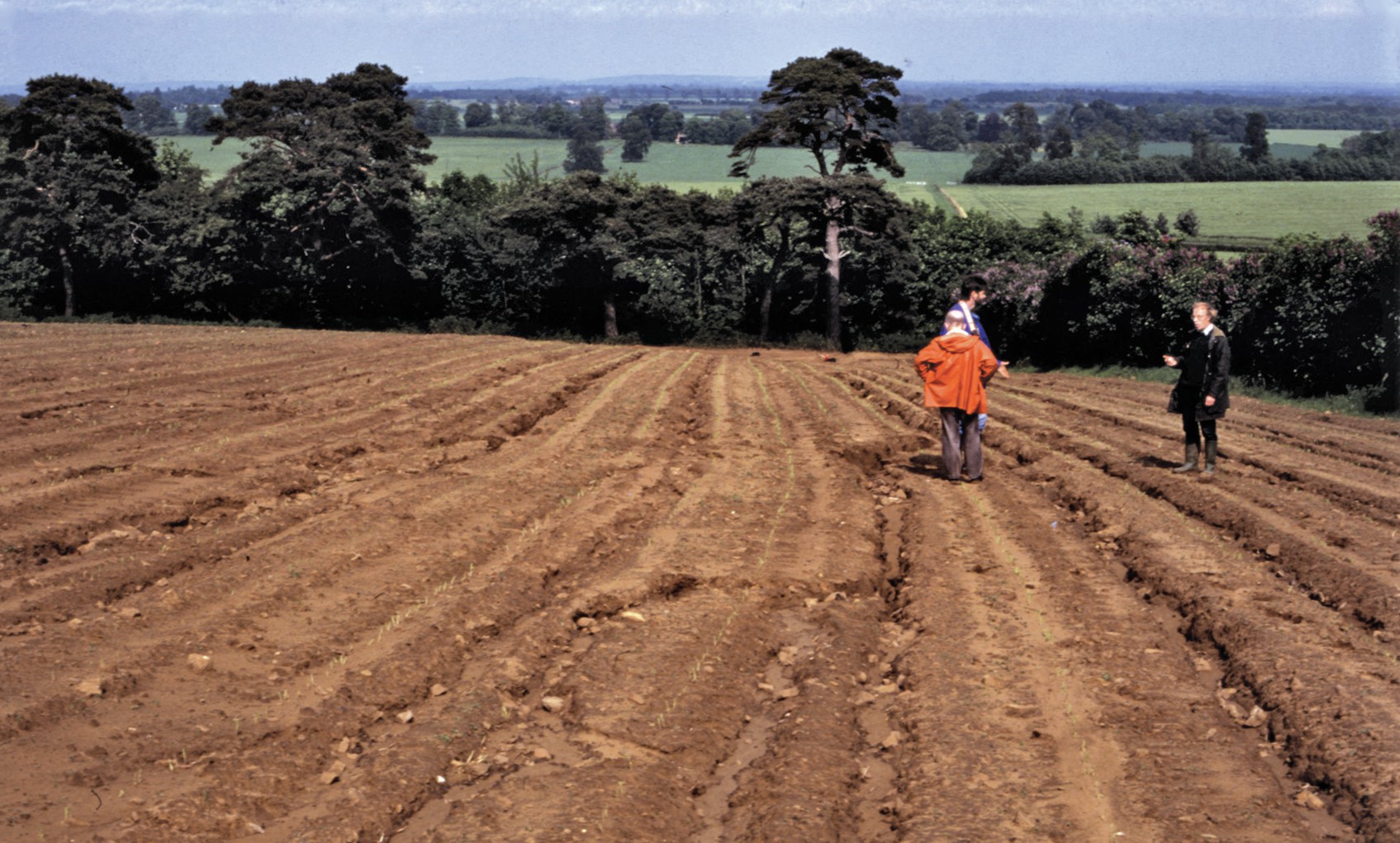
Soil degradation involves both physical loss (erosion) and reduction in quality of topsoil due to nutrient decline and contamination. It affects soil quality for agriculture and has implications for the urban environment, pollution and flooding. It is a big problem globally, particularly in sub-Saharan Africa and parts of north America. In the UK, some 2.2 million tonnes of topsoil are eroded annually and over 17% of arable land shows signs of erosion. Challenges and opportunities for soil management in the future include using polluted soils on brownfield sites and using soils to mitigate carbon emissions.
Soil supports agriculture, wildlife and the built environment, filters water, stores carbon, and preserves records of our ecological and cultural past. Soil degradation can be the result of one or more of several factors:
Your organisation does not have access to this article.
Sign up today to give your students the edge they need to achieve their best grades with subject expertise
Subscribe




